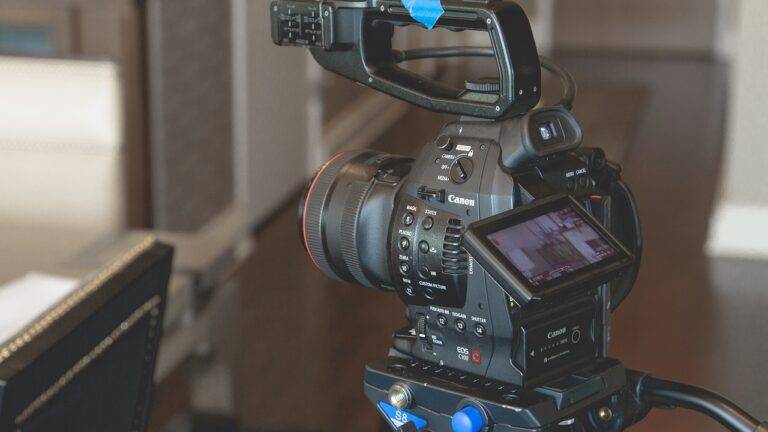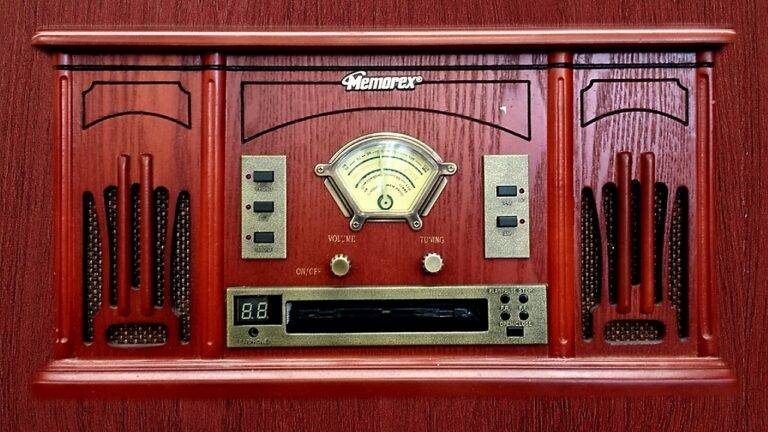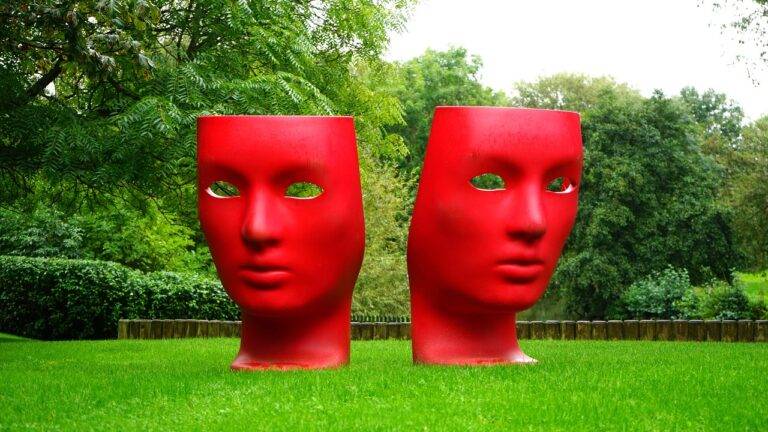The Role of Virtual Reality in Historical Recreation: VR Museums, Interactive Exhibits, and Educational Simulations
The digital age presents a remarkable opportunity for preserving history through the innovative use of virtual reality technology. Through immersive experiences, individuals can be transported back in time to significant historical events, gaining a deeper understanding and appreciation for the past. Virtual reality allows for the recreation of ancient civilizations, lost landmarks, and pivotal moments in history, offering a dynamic and engaging way to connect with the past.
One of the key advantages of virtual reality in preserving history lies in its ability to make historical education more interactive and accessible to a broader audience. By leveraging VR technology, museums, educational institutions, and cultural heritage sites can revolutionize the way they share historical narratives and artifacts with the public. Furthermore, virtual reality opens up new possibilities for historical research and exploration, enabling historians and archaeologists to reconstruct and study ancient sites in ways that were previously unimaginable.
The Evolution of Historical Recreation through Virtual Reality Technology
Virtual Reality technology has revolutionized the way historical events are brought to life for modern audiences. By immersing users in detailed virtual environments, VR allows them to experience and interact with historical settings in a way that was never before possible. From touring ancient cities to witnessing pivotal moments in history, VR offers a unique opportunity to engage with the past in a truly immersive and impactful way.
One of the key strengths of VR in historical recreation is its ability to bridge the gap between the past and the present. By allowing users to step into the shoes of those who lived in different time periods, VR fosters a deeper understanding and appreciation of history. Whether exploring a medieval castle or attending a famous speech, VR enables users to experience history firsthand, creating a sense of connection that traditional methods of learning often lack.
How can virtual reality technology be used in preserving history?
Virtual reality technology can be used to create immersive experiences that allow users to explore historical settings, interact with virtual artifacts, and engage with historical narratives in a dynamic and engaging way.
What are some examples of historical recreation projects using virtual reality technology?
Some examples of historical recreation projects using virtual reality technology include virtual tours of ancient ruins, interactive exhibits of historical events, and simulations of historical environments such as medieval castles or ancient civilizations.
How does virtual reality technology enhance the experience of historical recreation?
Virtual reality technology enhances the experience of historical recreation by providing users with a sense of presence in the historical setting, allowing them to explore and interact with the environment in a way that is not possible through traditional methods such as books or documentaries.
Can virtual reality technology be used to educate people about history?
Yes, virtual reality technology can be used as an educational tool to teach people about history by providing them with immersive experiences that help them to better understand and engage with historical events, places, and figures.
What are some challenges in using virtual reality technology for historical recreation?
Some challenges in using virtual reality technology for historical recreation include the high costs of developing and implementing virtual reality experiences, technical limitations such as hardware requirements, and the need for historical accuracy and authenticity in the recreation process.





